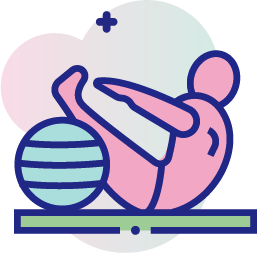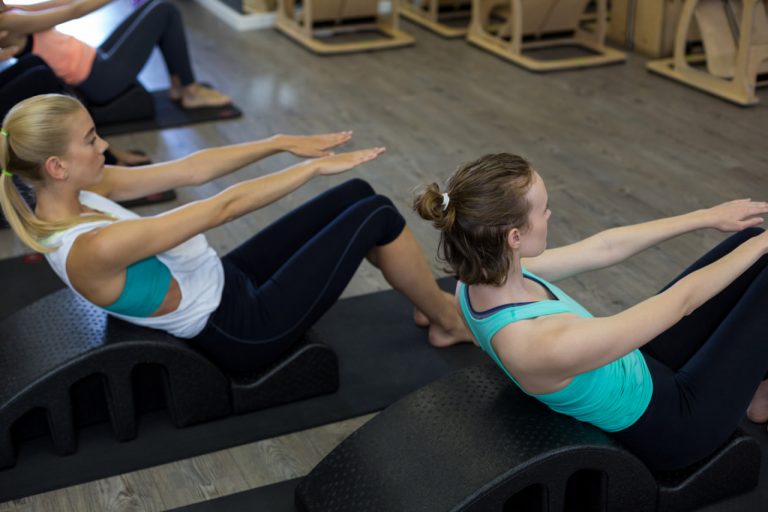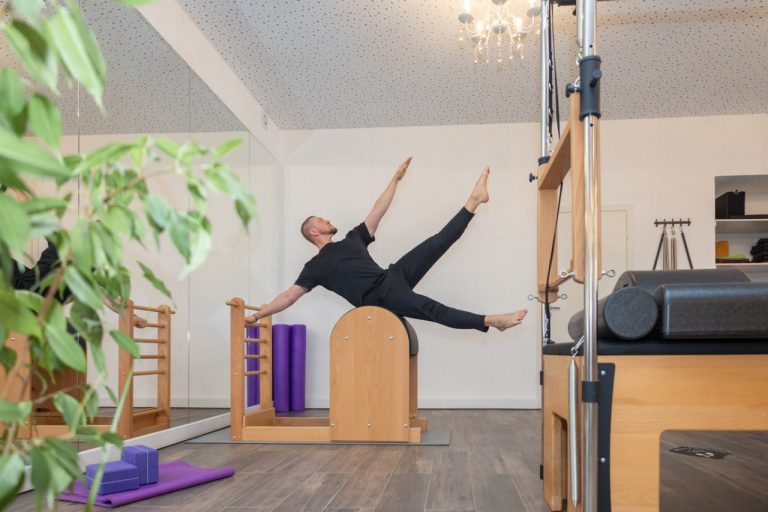Pilates for Beginners: Getting Started Right
Starting a new fitness routine can feel overwhelming, especially if you are unfamiliar with the practice. Pilates is an excellent choice for beginners because it focuses on controlled movements, breathing, and body awareness. Whether you want to improve your flexibility, build core strength, or simply move more mindfully, Pilates offers a path that suits all fitness levels. In this blog, we will guide you through the essentials of getting started with Pilates so you can approach your practice with confidence and enjoy lasting benefits.
Understanding Pilates Basics
Pilates is a low-impact exercise method developed by Joseph Pilates in the early 20th century. It combines elements of yoga, gymnastics, and strength training to improve posture, muscle tone, and overall body balance. The core principle of Pilates is developing a strong center — often called the “powerhouse” — which includes your abdominal muscles, lower back, hips, and glutes.
What makes Pilates unique is its emphasis on precision and control. Every movement is deliberate and focused on quality rather than quantity. This mindful approach helps reduce the risk of injury and encourages deeper muscle engagement.
Starting with Proper Breathing
Breathing is fundamental in Pilates and acts as the bridge between mind and body. Unlike regular breathing, Pilates uses a specific technique called lateral or ribcage breathing. This means inhaling deeply through the nose, expanding the sides of the ribs, and exhaling through the mouth while engaging your abdominal muscles.
Proper breathing helps stabilize your core and supplies oxygen to your muscles, enhancing performance and endurance. As a beginner, practice coordinating your breath with movement slowly — this will improve your rhythm and make exercises feel more natural.
Learning Basic Pilates Movements
When starting Pilates, it’s best to focus on foundational exercises before moving to advanced routines. Some common beginner moves include the “hundred,” “roll-up,” “single-leg stretch,” and “spine stretch forward.” These exercises target core strength, flexibility, and spinal mobility.
It’s important to perform each movement with attention to alignment. Keep your shoulders relaxed, neck long, and avoid overarching the back. Quality matters more than how many repetitions you can do. Don’t rush — take your time and listen to your body.
Setting Realistic Goals
Every Pilates journey is unique, so it’s helpful to set goals that match your personal needs. Are you looking to reduce back pain? Improve posture? Increase flexibility? Or maybe just relieve stress? Defining your goals early will help keep you motivated and focused.
Remember, progress in Pilates is gradual. Celebrate small milestones like better breathing control, improved balance, or enhanced body awareness. Consistency is key — aim for 2 to 3 sessions per week to build a solid foundation.
Choosing the Right Environment
You can practice Pilates at home, in a studio, or even online. Beginners often benefit from guided classes with certified instructors who can provide feedback on your form and technique. If you choose online videos or apps, start with beginner-friendly programs and ensure the instructor explains each step clearly.
A calm, clutter-free space with a Pilates or yoga mat is ideal. Wear comfortable clothes that allow full range of motion. Avoid heavy meals before practice to stay light and focused.
Listening to Your Body
One of the biggest advantages of Pilates is its adaptability. Whether you have a history of injuries or health concerns, Pilates exercises can be modified to suit your condition. Always listen to your body — if something feels painful or uncomfortable, stop and adjust.
Don’t compare yourself to others in class or online. Pilates is a personal practice designed to enhance your well-being, not a competition.
Staying Consistent and Patient
The benefits of Pilates increase with regular practice. As your strength and flexibility improve, you’ll notice better posture, less tension, and more energy in your daily life. However, these changes take time. Patience and persistence are essential.
Keep track of your progress through a journal or app. Reflect on how your body feels after each session and adjust your routine as needed. Over time, Pilates can become a rewarding part of your lifestyle, supporting long-term health and vitality.




